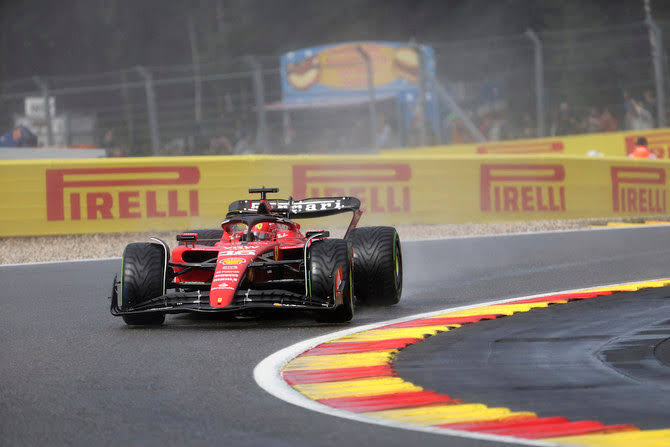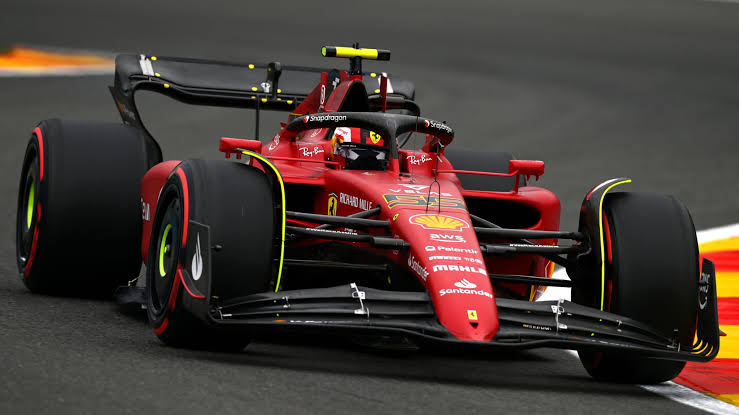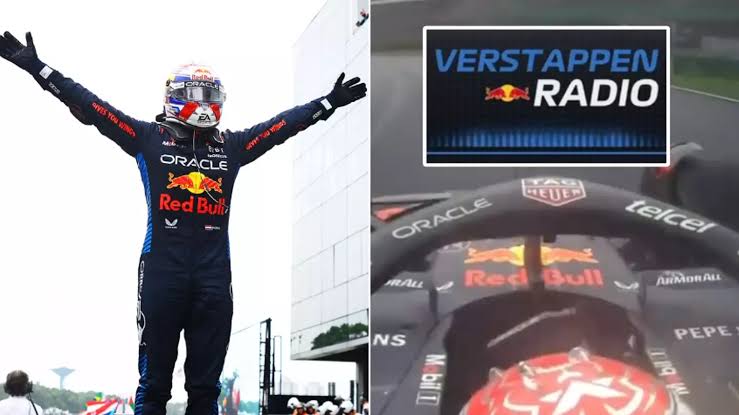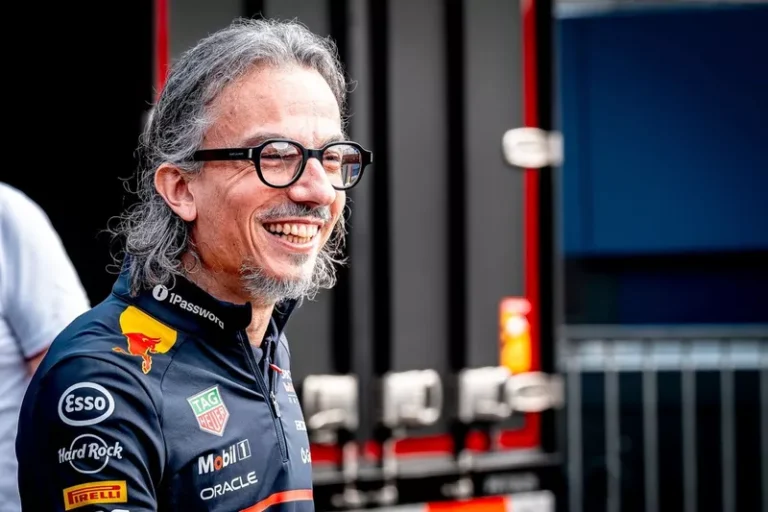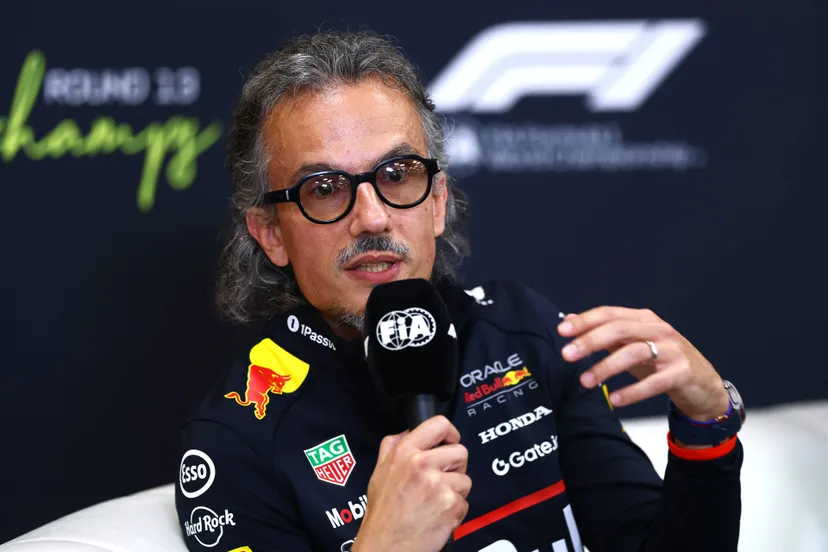
Red Bull Racing stands on the brink of a transformative chapter following the dismissal of long-time team principal Christian Horner, a figure synonymous with three of the four dominant eras in the team’s history. As speculation mounts about the structural and cultural evolution of the outfit, newly appointed principal Laurent Mekies has addressed the looming shift. During the FIA press conference at Spa, Mekies fielded questions regarding how the organization would adapt to its changing circumstances. His response was candid yet optimistic: “In Formula One, we’re not particularly fond of the term ‘transition,’ but the reality is, sweeping changes are inevitable.”
Central to this metamorphosis are the impending 2026 technical regulations, which Mekies believes will redefine the competitive landscape regardless of intent. These reforms, encompassing radical chassis redesigns, sustainable fuel mandates, and the introduction of active aerodynamics, will significantly recalibrate the sport’s technological fabric. Furthermore, the evolution of power unit architecture—transitioning toward enhanced electrification—will challenge even the most seasoned constructors to reimagine performance strategies. For Red Bull, these shifts present both an obstacle and an opportunity to reinforce its pedigree under a new era of governance.
Mekies was unequivocal in his assessment of the changes ahead: “The next era is dictated by regulation. It’s not a choice. Every team will be entering uncharted territory, such is the magnitude of these rule adjustments.” His remarks underscore a reality many insiders acknowledge—Formula 1’s relentless pursuit of innovation often forces seismic resets, leaving past dominance as little more than a historical footnote. The Frenchman’s leadership philosophy, therefore, appears anchored in adaptability, with an emphasis on leveraging this regulatory upheaval as a springboard for resurgence.
Adding intrigue to the narrative is Red Bull’s strategic partnership with Ford for the development of its in-house power unit—a bold decision signaling both ambition and risk. “Our alliance with Ford represents a monumental step,” Mekies affirmed. “The autonomy of crafting our own powertrain is emblematic of Red Bull’s DNA: boldness and innovation.” The decision marks a departure from reliance on external suppliers and positions the team to exert unprecedented control over its technological destiny. Yet, such a venture also entails a steep learning curve, with potential missteps carrying substantial competitive consequences.
As Formula 1 braces for a wholesale reinvention, Mekies projects an image of calculated confidence. While the shadow of Horner’s legacy looms large, the new principal appears intent on scripting a narrative of reinvigoration rather than survival. “Change is not optional—it’s structural,” he concluded, signaling a clear directive for the team’s trajectory. Whether Red Bull’s audacious recalibration under Mekies can sustain its elite status will be revealed not by rhetoric, but by results when the new regulatory dawn breaks in 2026.
